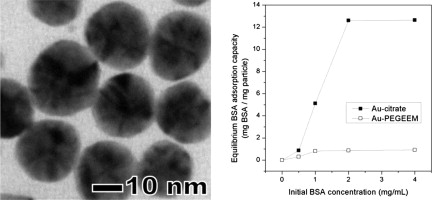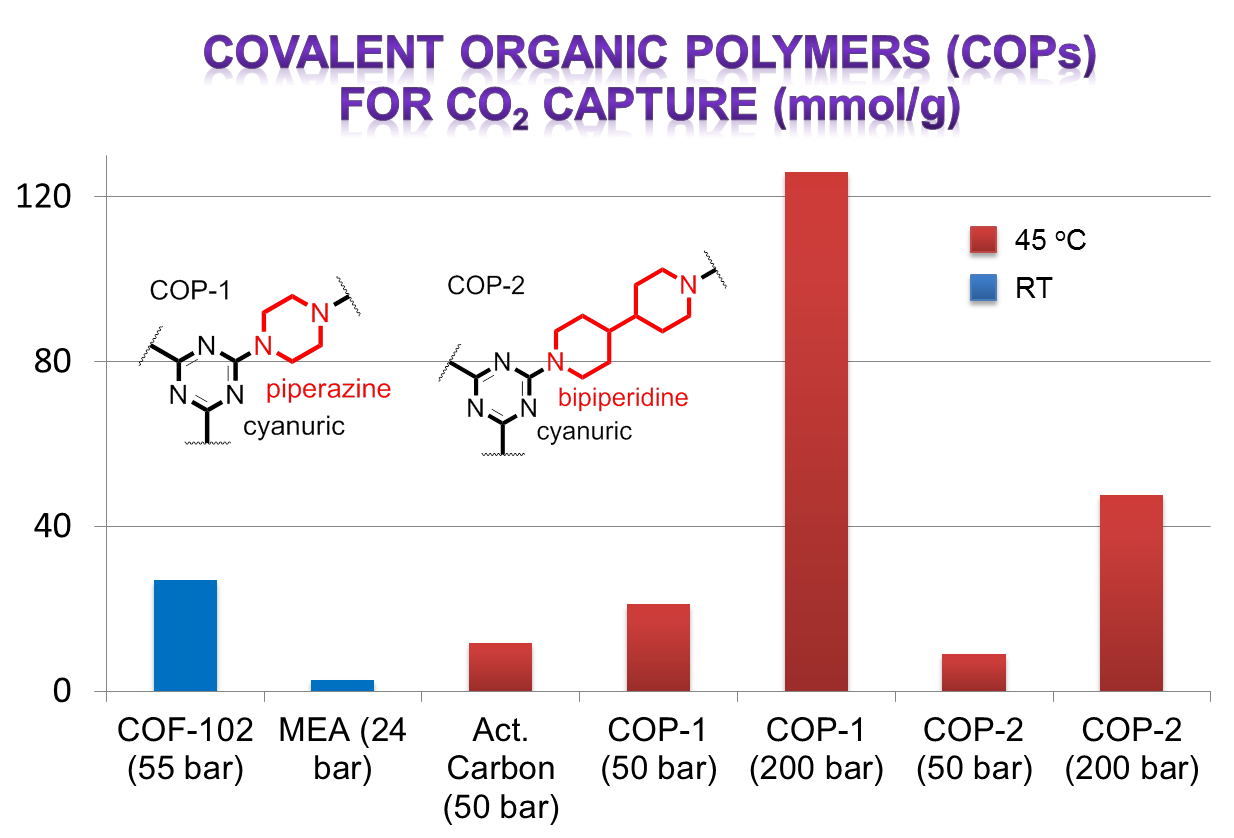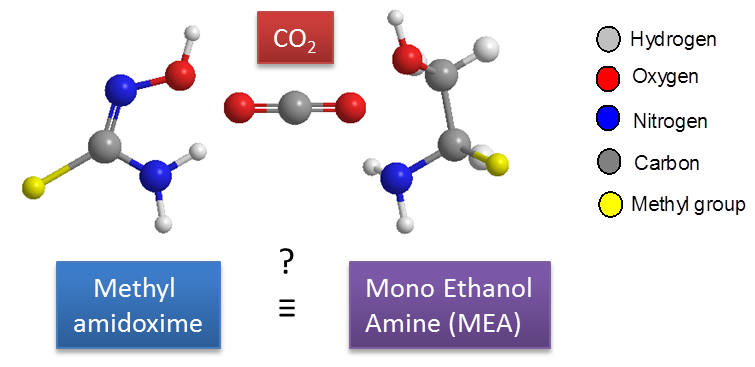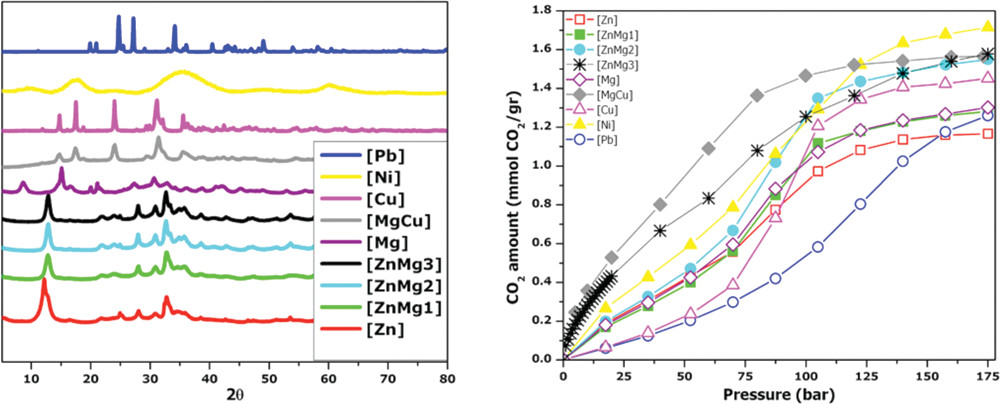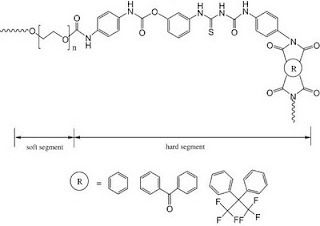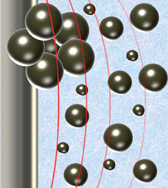Carbon dioxide (CO(2)) adsorption capacities of several hydroxy metal carbonates have been studied using the state-of-the-art Rubotherm sorption apparatus to obtain adsorption and desorption isotherms of these compounds up to 175 bar. The carbonate compounds were prepared by simply reacting a carbonate (CO(3)(2-)) solution with solutions of Zn(2+), Zn(2+)/Mg(2+), Mg(2+), Cu(2+)/Mg(2+), Cu(2+), Pb(2+), and Ni(2+) metal ions, resulting in hydroxyzincite, hydromagnesite, mcguinnessite, malachite, nullaginite, and hydrocerussite, respectively. Mineral compositions are calculated by using a combination of powder XRD, TGA, FTIR, and ICP-OES analysis. Adsorption capacities of hydroxy nickel carbonate compound observed from Rubotherm magnetic suspension sorption apparatus has shown highest performance among the other components that were investigated in this work (1.72 mmol CO(2)/g adsorbent at 175 bar and 316 K).
 Download
Download
